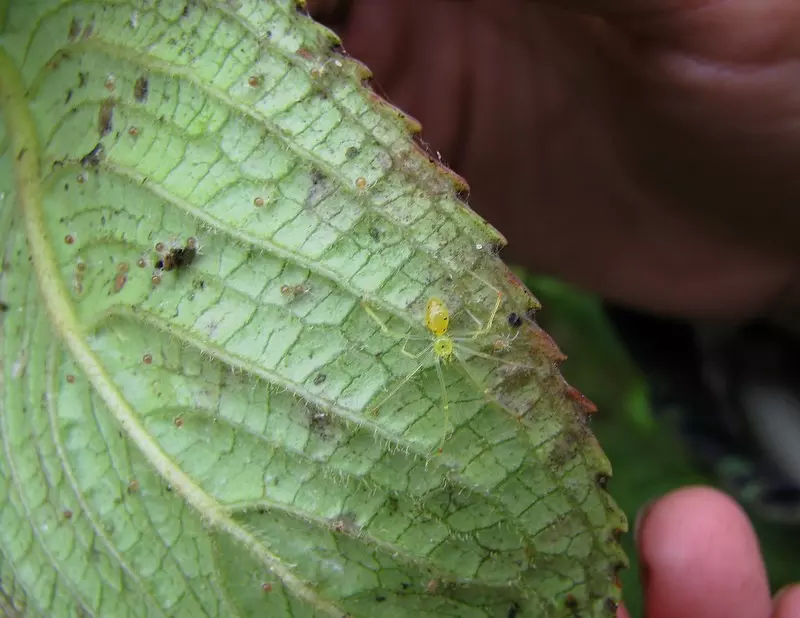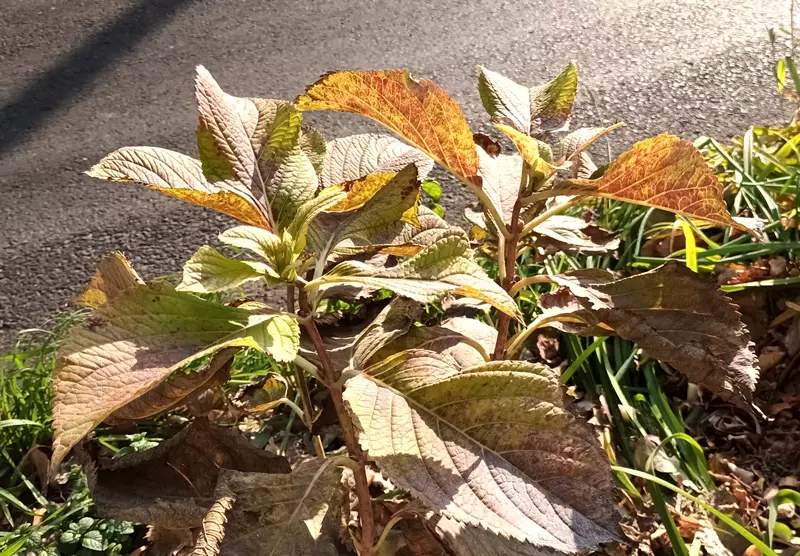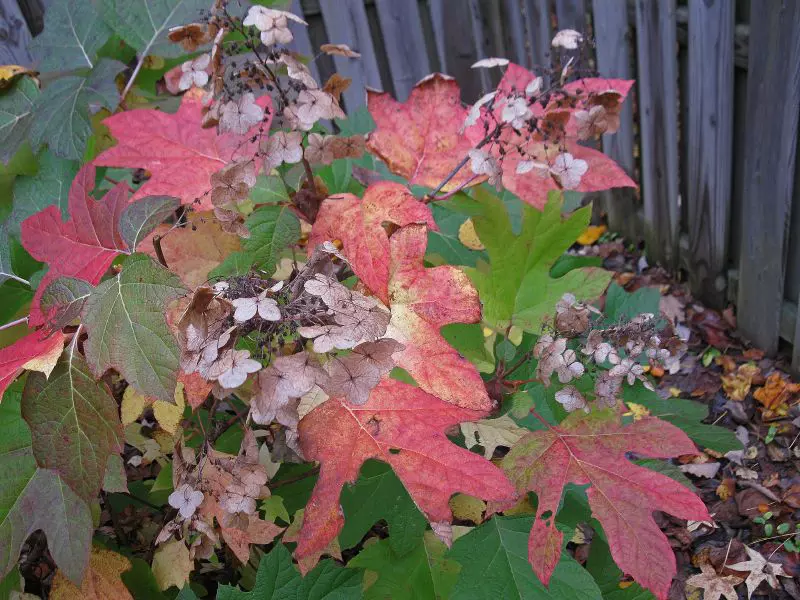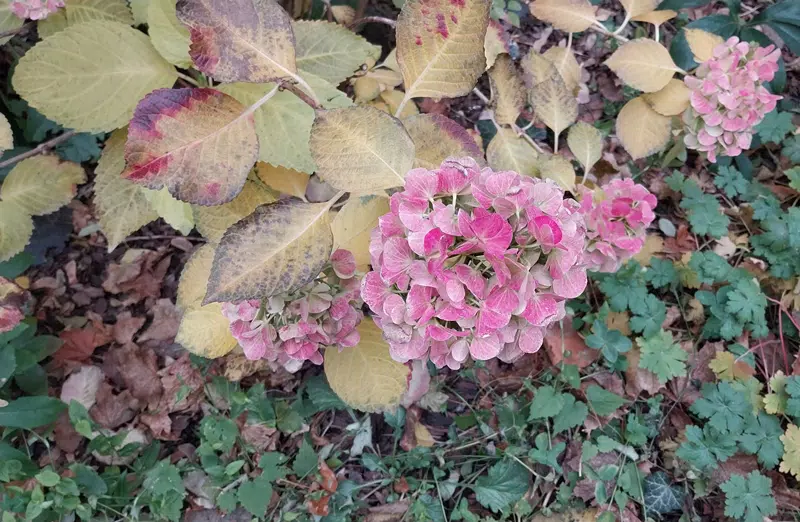
Natural and Eco-Friendly Methods for Hydrangea Pests and Diseases
Explore natural and eco-friendly methods to protect hydrangeas from pests and diseases. Learn bee-safe strategies to maintain healthy plants.
Read MoreHydrangeas are beloved for their lush foliage and vibrant blooms. However, when the leaves start turning red, it can be a cause for concern. Understanding the underlying reasons for this colour change is essential to ensure the health and longevity of your plant.

Hydrangeas are renowned for their lush foliage and vibrant blooms. However, when the leaves begin to turn red, it can be a sign of environmental stress. Understanding these factors is crucial to maintaining the health and beauty of your hydrangea plants.
Excessive exposure to direct sunlight can cause hydrangea leaves to develop a reddish hue. This phenomenon occurs as the plant produces anthocyanin pigments in response to intense light, leading to red coloration on the leaf edges.
Solution: To prevent this, plant hydrangeas in locations where they receive morning sun and afternoon shade. This balance ensures sufficient light for growth while protecting the leaves from the harsh midday sun.

Hydrangea leaves may turn red due to exposure to cold weather conditions. The color change occurs when exposed to cool temperatures for long periods. They are deciduous plants; hence the leaves shed when the temperatures are too cold.
Solution: To mitigate this, consider mulching around the base of the plant to regulate soil temperature and provide insulation during cooler periods.

Both overwatering and underwatering can lead to red discoloration in hydrangea leaves. Underwatering causes the leaves to wilt and turn red due to lack of hydration and nutrients absorbed from the soil. Overwatering, on the other hand, can lead to root oxygen deprivation, resulting in reddish leaves.
Solution: Maintain consistent soil moisture by watering hydrangeas regularly, especially during dry periods. Ensure the soil is well-draining to prevent waterlogging, and adjust watering frequency based on weather conditions.
Red leaves on hydrangeas are often a response to environmental stressors such as excessive sunlight, temperature fluctuations, and water stress. By understanding and addressing these factors, you can maintain the health and vibrancy of your hydrangea plants.
Hydrangeas are cherished for their lush foliage and vibrant blooms. However, when the leaves begin to turn red, it can be a sign of underlying issues, particularly nutrient deficiencies. Understanding these deficiencies is crucial for maintaining the health and beauty of your hydrangea plants.

Phosphorus is essential for energy transfer and photosynthesis in plants. A deficiency in phosphorus can lead to red or purplish discolouration of hydrangea leaves, especially in older foliage.
Solution: To address phosphorus deficiency, incorporate a balanced fertiliser with a higher phosphorus content into the soil. Additionally, ensure the soil pH is between 6.0 and 6.4, as phosphorus availability decreases in highly acidic or alkaline soils.
Potassium plays a vital role in water regulation and enzyme activation within plants. A lack of potassium can cause hydrangea leaves to develop red or purple margins and may lead to overall leaf discolouration.
Solution: To remedy potassium deficiency, apply a potassium-rich fertiliser to the soil. Regular soil testing can help monitor nutrient levels and prevent future deficiencies.
The pH level of the soil significantly affects nutrient availability to hydrangeas. For instance, phosphorus becomes less available in soils with a pH below 5.5 or above 7.0. Regular soil testing is essential to maintain optimal pH levels and ensure nutrient uptake.
Solution: Adjust soil pH by adding lime to raise it or sulphur to lower it, based on soil test results. Maintaining a pH between 5.5 and 6.5 is generally ideal for hydrangeas.
Red leaves on hydrangeas are often indicative of nutrient deficiencies, particularly in phosphorus and potassium. By identifying and addressing these deficiencies through appropriate fertilisation and soil pH management, you can restore your hydrangeas to their full health and splendour.
Hydrangeas are cherished for their lush foliage and vibrant blooms. However, when the leaves begin to turn red, it can be a sign of underlying issues, particularly diseases and pest infestations. Understanding these factors is crucial for maintaining the health and beauty of your hydrangea plants.
Several diseases can lead to red discolouration in hydrangea leaves:
Certain pests can cause damage that results in red discolouration of hydrangea leaves:
To address and prevent red leaves caused by diseases and pests:
Red leaves on hydrangeas can often be attributed to diseases and pest infestations. By identifying the specific cause and implementing appropriate management strategies, you can restore your hydrangeas to their full health and splendour.
Hydrangeas are cherished for their lush foliage and vibrant blooms. However, red discolouration of the leaves can indicate underlying issues. Implementing preventive measures is essential to maintain the health and beauty of your hydrangea plants.
Selecting the right location is crucial for hydrangea health:
Consistent watering is vital for hydrangea vitality:
Healthy soil contributes to robust hydrangea growth:
Preventing infestations and infections is key:
Implementing these preventive measures can significantly reduce the occurrence of red leaves in hydrangeas. By providing optimal growing conditions and vigilant care, you can enjoy healthy, vibrant hydrangeas in your garden.
Red leaves on hydrangeas can result from various factors, including environmental stress, nutrient deficiencies, and diseases. By identifying the cause and implementing appropriate care practices, you can restore your hydrangea's health and enjoy its vibrant foliage and blooms.

Explore natural and eco-friendly methods to protect hydrangeas from pests and diseases. Learn bee-safe strategies to maintain healthy plants.
Read More
A comprehensive guide on planting and caring for hydrangeas, covering site selection, soil preparation, planting steps, watering, fertilising, pruning, and pest management.
Read More
Your ultimate guide to protecting hydrangeas in winter for cold climates. Learn expert tips for mulching, frost protection, and proper spring pruning.
Read More